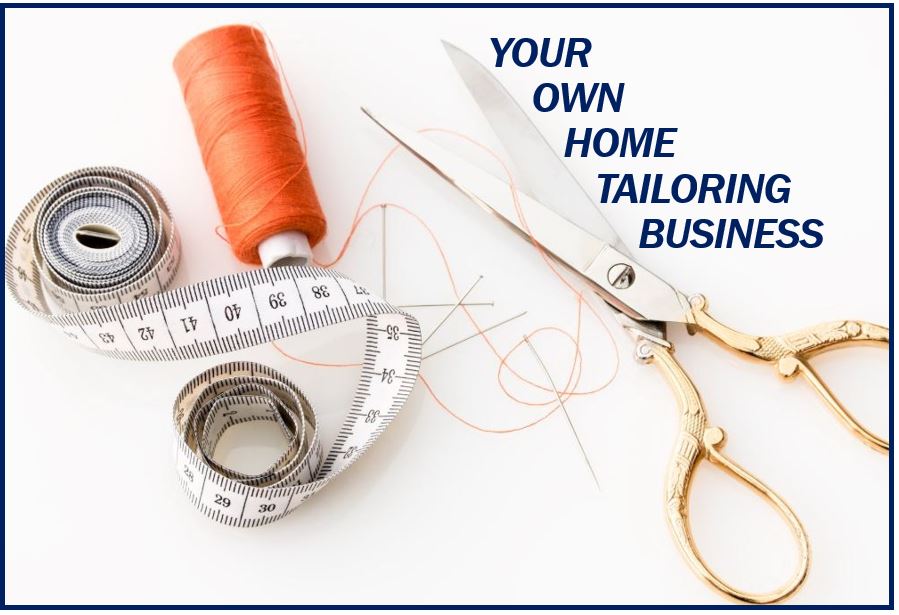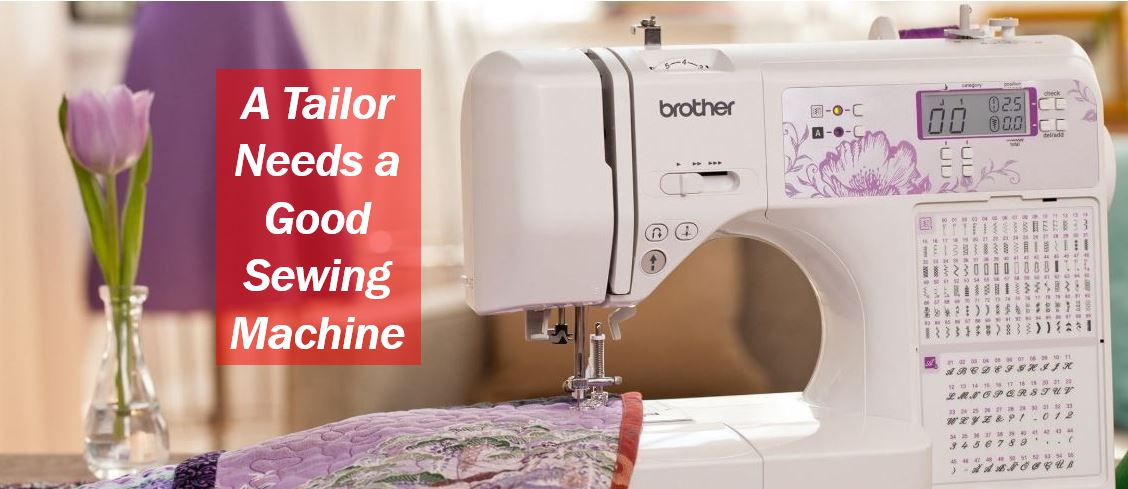 Earning extra income is always nice. Making that extra money without ever leaving your home is even better. If you’re interested in cultivating that combination, then starting your own tailoring business at home is your best bet.
Earning extra income is always nice. Making that extra money without ever leaving your home is even better. If you’re interested in cultivating that combination, then starting your own tailoring business at home is your best bet.
Here’s what you’re probably thinking: how can I start a home tailoring business when I don’t even know how to sew a button? The good news is with some time, patience, and practice, you’ll eventually learn the basics of sewing. You don’t have to be an expert seamstress to start your business.
The sewing machine, your most crucial business tool, handles the bulk of the work when it comes to stitching. You don’t need an industrial sewing machine; a personal one will do. As long as you know how to operate the device, you’re good to go.
I’ve learned the basics now what?
Just because you know how to mend a rip, doesn’t mean that you can now start accepting customers. If you’re mainly doing this for a few dollars here and there from your friends and family, then you can stop reading right now. But if you want to create a steady stream of income from your newly-learned trade, you have more work to do.
These steps are simple yet powerful.
Step 1: Start planning your business
Anything that involves a significant amount of money and time needs proper planning, and starting a business is no exception. Merely knowing how to sew and operate a sewing machine is not enough. You need to understand how to navigate the business world as well.
A good starting point for your planning process would be to answer the following questions:
- How much money do I need? – Businesses, regardless of how big or small, need some capital investment to get off the ground. How much is the sewing machine? Does it cost much to maintain? Do you have a good place to get cheap, quality supplies? Can you source fabrics efficiently?
- What is the market like? – Lots of starting businesses have failed because of not doing any market research. While having lots of money to infuse to the business is helpful, not knowing the demand in your market only wastes that money.
Start your planning by researching what the sewing market looks like in your area. Live in a big city? Then you can afford to be as specialized or as generalized in your services but at the cost of setting competitive prices. Enjoying the small-town life? You may have to get creative with your offering, especially if there’s already another sewing business in town.
Step 2: Tackle the paperwork
The more serious you are about your home tailoring business, the more crucial it is for you to file the paperwork. You’ll have to register your business with the government for taxes and identification. Then, you’ll have to decide whether you’re establishing a limited liability corporation (LLC), a full corporation, or a partnership. Next, you need an actual name for your brand.
Step 3: Protect your business
Once your venture is legal in the government’s eyes, it’s time to put some safeguards. First, start shopping around for business insurance. If you’re hiring someone else, you might also want to get quotes for worker’s compensation insurance. Regardless of your specific situation, you want to make sure your business is insured, just in case of any freak accidents.
Next, you need to open a business bank account and establish some accounting. You want to be able to track everything that’s coming in or out, and you want to make sure it’s separate from your personal bank account. Establishing business accounting early on also helps ensure that you won’t be as stressed come tax time.

Step 4: Plan for your location
Even though you’re preparing for a home tailoring business, you still need to plan where you’ll conduct business. Will you be turning a spare bedroom into a dedicated work station, or will you be opening your entire house to customers? Will you be installing an industrial sewing machine, or will you be using a personal-sized one?
Once you get your workspace planned, you need to make sure you have enough room for storing fabrics. You also need an area for your customers. They’ll need a space to discuss projects with you, to get their measurements, and to try on garments. Ideally, you want this traffic to be separated from your usual home activity.
Step 5: Start establishing your presence
Because you’re at home, you don’t need to worry about installing neon signs to attract drive-by customers (you can if you want). However, you do need to worry about getting people to hear about your business. And for as effective word-of-mouth is, you need to get a mouth to start talking about you first.
Social media is a great way to start spreading brand awareness, so take some time to set-up business pages. Facebook, Twitter, and Instagram are a good start; they let you reach customers while showcasing your products. It also wouldn’t hurt to create a simple website for your business, along with an email address.
Step 6: Advertise!
presence goes together with advertising. Platforms like Facebook and Twitter allow you to place ads for a fee, so you can start using those to get exposure.
But don’t just rely on Facebook. Local advertising is just as effective, especially if you’re in a small town. Place an ad on the paper, hand some cards around, distribute some flyers – these are just some steps you can take to spread the word locally.
You got your first customer, now what?
Firstly, congratulations on your first customer! Treat them as you would want another business to treat you, and you’re bound to make them happy.
Do keep in mind that getting a customer in the door doesn’t mean you get to stop advertising. Running a business is like a cycle: you get a customer, you satisfy them, you advertise some more, you get another one. Keep going through that cycle, and you’ll have a successful home tailoring business in no time.

